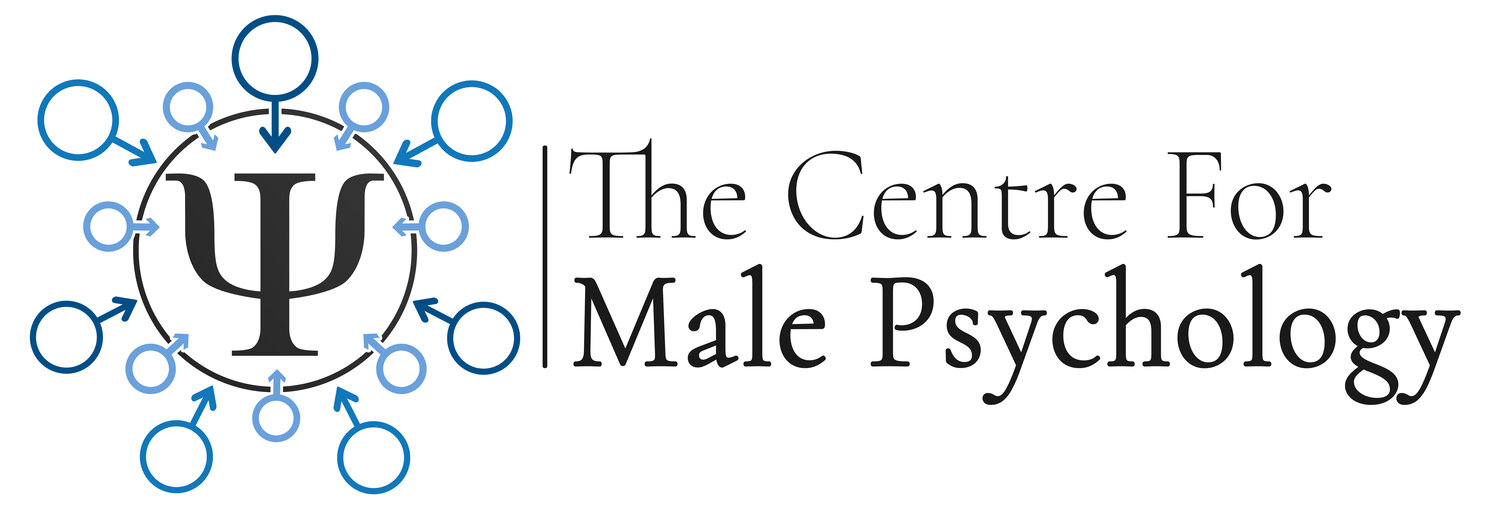Suicide and the workplace: The BSI consultation on intervention, prevention and support for people affected by suicide
Charlie Owen was 25 years old and serving in the Welsh Guards. Although he had a bright future ahead of him, he had recently suffered a relationship breakdown, as well as having lost friends to suicide. His mental health was deteriorating, but he had enough insight to request a discharge from the army on medical grounds. Unfortunately this was denied, and Charlie was returned to service, and before long his life was lost to suicide.
His death left his family not only devastated, but frustrated that his mental health needs had not been better dealt with by his employer. Charlie Owen’s case illustrates how poor communication and risk management in organisations like the military can have tragic consequences, impacting not only the deceased, but the families, friends and colleagues left behind.
If this case can be seen as a failure of organisational standards of practice, then it emphasises the importance of having realistic and effective standards in place. And this is where the British Standards Institution (BSI) is relevant. The BSI is a key player in shaping standards for quality and safety across various industries, businesses, governments and consumers in the UK, influencing European and international standards.
“Every public comment BSI receives on a draft standard is considered by the relevant panel of experts and BSI staff”
How do the BSI decide what the standards are? “Standards are developed by dedicated panels of experts, within technical committees. A standard undergoes various stages of development […] As soon as a draft is mature enough, it undergoes public consultation when it is made available for anyone to view and comment (Public comment stage). Every public comment BSI receives on a draft standard is considered by the relevant panel of experts and BSI staff and the final published standard is updated as appropriate.”
One standard that is currently open for public comments is the BSI guidance to organizations and managers on prevention, intervention and support for people affected by suicide in the workplace. Anyone who is interested can contribute their comments. The consultation aims to include research, lived experience, and any other relevant information.
The resulting document is the ‘standard’, describing how interventions, prevention and support are best provided, monitored and adjusted as necessary. The standard is applicable to all organizations, regardless of size, including the public sector (e.g. schools and universities, the NHS, government), the third sector (voluntary groups, charities etc), as well as the business sector. It is expected to be used by management, human resources, health and safety officers, and any workers responsible for mental health and well-being in the workplace.
“One of the main myths around male suicide is that it is caused by masculinity. Although this is an increasingly popular notion, the evidence for it is very weak.”
Contributors to the standard can comment on a range of issues, including myths around suicide, workplace culture, understanding suicide, suicide prevention, confidentiality, how to support those bereaved by suicide, and so on. I will highlight here one of my comments, which I made in the section on myths related to suicide. This comment was related to Myth 7, the idea that men don't seek help. It’s not certain that my comment will make it to the final version of the standard, but readers of Male Psychology might find it of interest, so I will reproduce it here:
“Myth 7. Men don't seek help.
One of the main myths around male suicide is that it is caused by masculinity. Although this is an increasingly popular notion, the evidence for this is very weak. The paper usually cited here is Pirkis et al (2017) called 'Masculinity and suicidal thinking', which found one aspect of masculinity - refusal to seek help - was correlated with suicidality. Despite the title of the paper, four other variables were stronger predictors of suicidality, and the correlation with refusing help was only just statistically significant. It should be noted too that most people would agree that masculinity amounts to more than refusing to seek help. Other evidence linking masculinity to suicidality and mental health problems suffers similar flaws (contact me for further information on this).
The reasons for seeking help or not are complex and vary by person, but one reason is likely to be that although it's common these days to urge men to talk, it's likely that men don't feel listened to. For example, Samaritans found that men stay on their helpline for less time than female callers and ring off more often, but after a series of workshops helping their helpline workers understand men better, men subsequently stayed on the line for significantly longer (Seager, 2019).
Also, men in general tend to cope with distress differently than women do. For example, they might seem aggressive rather than sad, and want do something active rather than talk about their feelings, which means they might not find the kind of help they want easily available (Barry et al, 2023).”
I thought what had already been already drafted in this section of the BSI document was pretty good, so I suggested they add something to the effect that: “Some evidence suggests that men in general tend to cope with distress differently than women in general do. For example, they might seem aggressive rather than sad, and want to do something active rather than talk about their feelings, which means they might not find the kind of help they want easily available.”
“The focus of the BSI on suicide and the workplace is of special relevance for male psychology.”
In one sense, contributing a few comments to a consultation like this might seem a drop in the ocean in terms of dealing with the enormity and complexity of factors that lead to male suicide (e.g. relationship breakdown and the stress related to family courts). On the other hand it’s important to realise that these consultations give a real opportunity for ideas to be shared, with the potential for things to change and tangibly improve. Also, as in the case of my comments quoted above, where there are myths, consultations are an opportunity for received wisdom to reconsidered, and if necessary shelved and moved on from.
The focus of the BSI on suicide and the workplace is of special relevance for male psychology. The workplace is traditionally a significant context for men, related to their sense of group comradery, achievement and being a provider, which go a long way to explaining why in times of economic recession the usual sex difference in suicide increases. For similar reasons, changes to traditionally male-dominated industries since the 1980s have also seen an increase male suicides. The efforts of the BSI to anticipate problems and help overcome them have significant potential for positive change.
The BSI consultation on suicide in the workplace is open until July 16th 2025, and I would urge anyone with expertise or personal experience of this issue to add their comments and suggestions. You can read the draft and comment on it here.
If you want to deepen your understanding of men and masculinity, take one of the Centre for Male Psychology online courses.
References and recommended reading
Barry JA, Seager MJ and Liddon L (2023). ‘“Men won't CLAM up if you're male-friendly!” A brief guide to supporting men’s mental health.’ Male Psychology, 3 (8), 1-7. Available online at https://tinyurl.com/yr4r7s66
Barry J. (2023). The belief that masculinity has a negative influence on one's behavior is related to reduced mental well-being. Int J Health Sci (Qassim). PMID: 37416841
Pirkis J, Spittal MJ, Keogh L, Mousaferiadis T, Currier D. Masculinity and suicidal thinking. Soc. Psychiatry Psychiatr. Epidemiol., 52 (2017), pp. 319-327, 10.1007/S00127-016-1324-2
Liddon, L., & Barry, J. (2021). Perspectives in male psychology: An introduction. John Wiley & Sons. ISBN: 978-1-119-68535-7
Seager, M. (2019). From stereotypes to archetypes: An evolutionary perspective on male help-seeking and suicide. The Palgrave handbook of male psychology and mental health, 227-248 https://link.springer.com/chapter/10.1007/978-3-030-04384-1_12
Scroll down to join the discussion
Disclaimer: This article is for information purposes only and is not a substitute for therapy, legal advice, or other professional opinion. Never disregard such advice because of this article or anything else you have read from the Centre for Male Psychology. The views expressed here do not necessarily reflect those of, or are endorsed by, The Centre for Male Psychology, and we cannot be held responsible for these views. Read our full disclaimer here.
Like our articles?
Click here to subscribe to our FREE newsletter and be first
to hear about news, events, and publications.
Have you got something to say?
Check out our submissions page to find out how to write for us.
.














































